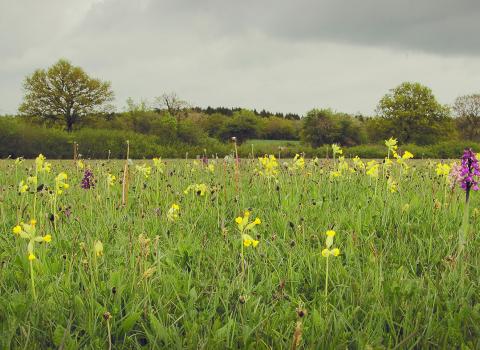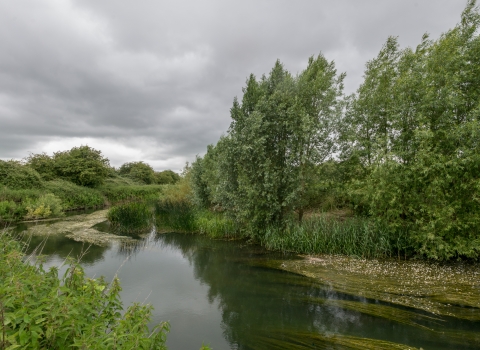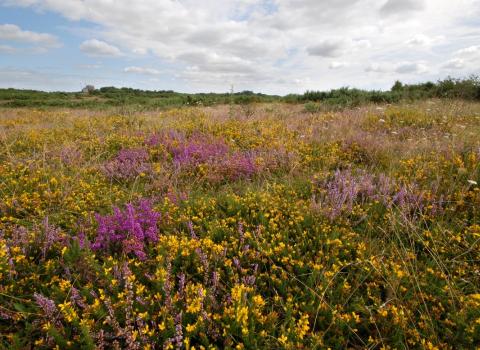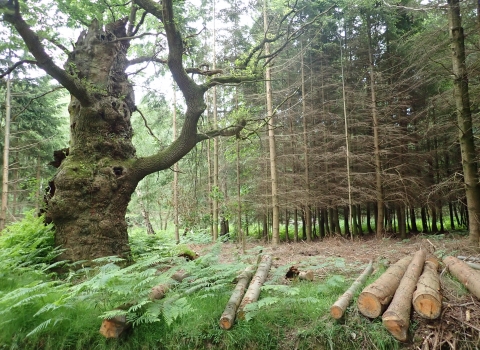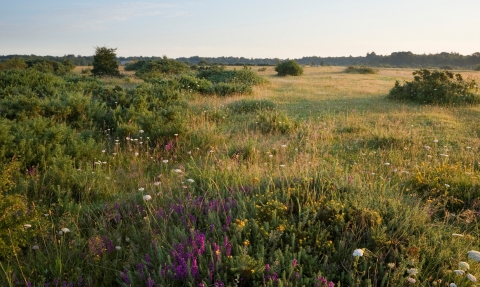
Greenham Common by James Osmond
Living Landscapes
Living Landscapes: more, bigger, better and joined.
Successive State of Nature reports compiled by 25 conservation bodies show that we are continuing to lose wildlife and the places where wildlife thrive at an alarming rate. A landscape-scale approach to wildlife conservation, by reconnecting habitats to create functioning landscapes, is the only way to halt and reverse biodiversity losses.
Living Landscapes schemes involve landowners, farmers, councils, businesses, individuals and communities working with the Berks, Bucks & Oxon Wildlife Trust to make more space for nature, and enable more people to enjoy them.
By working on our nature reserves within the Living Landscapes, and providing advice to local landowners we are able to extend wildlife-rich habitats into the wider countryside. This is part of BBOWT’s strategic recovery plan for nature, and fulfils the recommendation of ‘more, bigger, better managed and joined up’ wildlife sites from Prof Sir John Lawton’s report Making Space for Nature.
Download BBOWT’s Recovery Plan for Nature
Our four Living Landscape schemes are jewels of the countryside in their own right.
The Bernwood Forest and Ray Valley Living Landscape includes a rich mosaic of ancient woodland habitats now managed for many wildlife species, and traditional floodplain meadows, a stronghold for wading birds in the upper River Ray.
The East Berkshire Living Landscape is a landscape of scattered woodlands and ancient oaks, embraced by the River Thames.
The Upper Thames Living Landscape, centred on Chimney Meadows nature reserve, is one of the most important areas in the UK for wading birds and wildflower meadows.
The West Berkshire Living Landscape is the last stronghold in our region of internationally-threatened lowland heaths.

